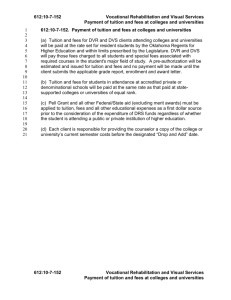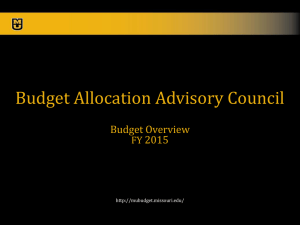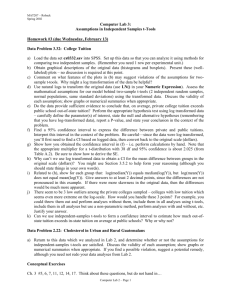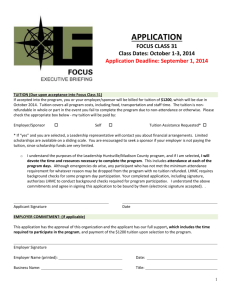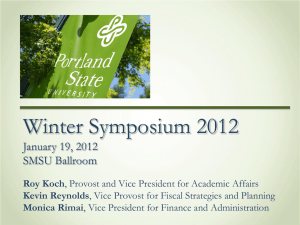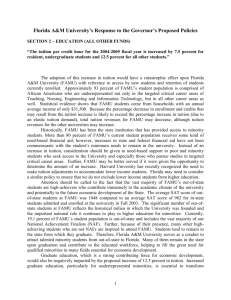Tuition Differential
advertisement
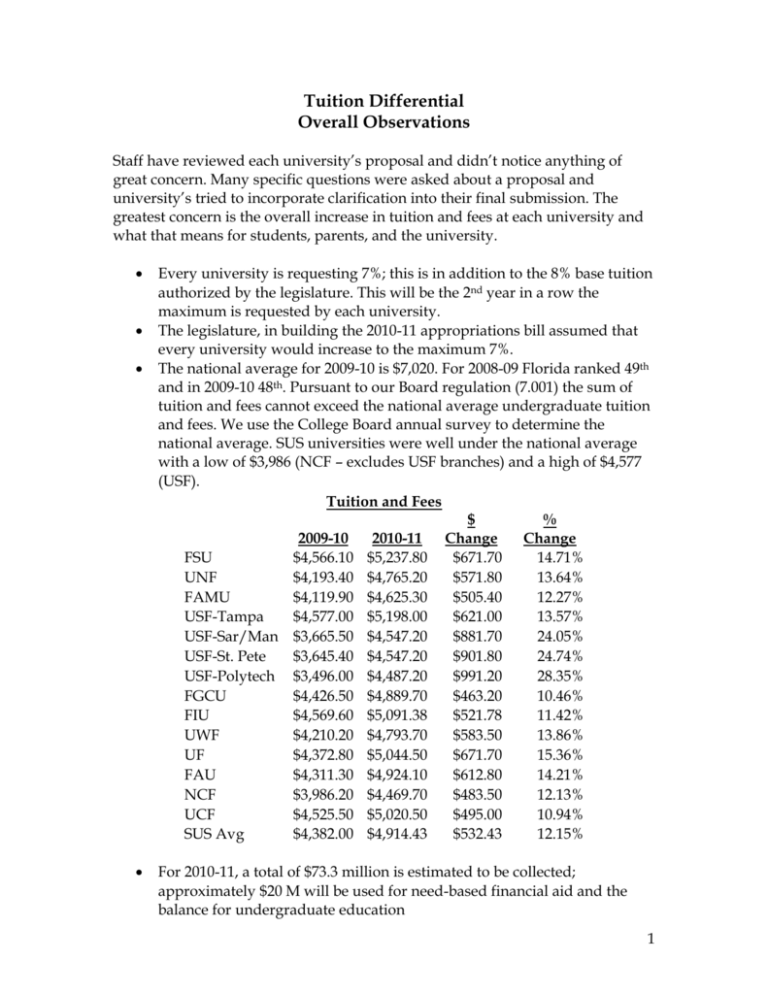
Tuition Differential Overall Observations Staff have reviewed each university’s proposal and didn’t notice anything of great concern. Many specific questions were asked about a proposal and university’s tried to incorporate clarification into their final submission. The greatest concern is the overall increase in tuition and fees at each university and what that means for students, parents, and the university. Every university is requesting 7%; this is in addition to the 8% base tuition authorized by the legislature. This will be the 2nd year in a row the maximum is requested by each university. The legislature, in building the 2010-11 appropriations bill assumed that every university would increase to the maximum 7%. The national average for 2009-10 is $7,020. For 2008-09 Florida ranked 49th and in 2009-10 48th. Pursuant to our Board regulation (7.001) the sum of tuition and fees cannot exceed the national average undergraduate tuition and fees. We use the College Board annual survey to determine the national average. SUS universities were well under the national average with a low of $3,986 (NCF – excludes USF branches) and a high of $4,577 (USF). Tuition and Fees $ % 2009-10 2010-11 Change Change FSU $4,566.10 $5,237.80 $671.70 14.71% UNF $4,193.40 $4,765.20 $571.80 13.64% FAMU $4,119.90 $4,625.30 $505.40 12.27% USF-Tampa $4,577.00 $5,198.00 $621.00 13.57% USF-Sar/Man $3,665.50 $4,547.20 $881.70 24.05% USF-St. Pete $3,645.40 $4,547.20 $901.80 24.74% USF-Polytech $3,496.00 $4,487.20 $991.20 28.35% FGCU $4,426.50 $4,889.70 $463.20 10.46% FIU $4,569.60 $5,091.38 $521.78 11.42% UWF $4,210.20 $4,793.70 $583.50 13.86% UF $4,372.80 $5,044.50 $671.70 15.36% FAU $4,311.30 $4,924.10 $612.80 14.21% NCF $3,986.20 $4,469.70 $483.50 12.13% UCF $4,525.50 $5,020.50 $495.00 10.94% SUS Avg $4,382.00 $4,914.43 $532.43 12.15% For 2010-11, a total of $73.3 million is estimated to be collected; approximately $20 M will be used for need-based financial aid and the balance for undergraduate education 1 For 2010-11, universities are instituting various initiatives with the resources; e.g. hire/retain faculty, improve advising, add course sections For 2009-10, over 12,220 students received a need-based award from the tuition differential (this is about 29% of the total # of undergraduates (42,000) that received some type of need-based aid award); 331 faculty were hired/retained; 74 advisors were hired/retained; almost 1,500 course sections were added/saved Although not a component of tuition differential, UBOTs have the authority to increase the 3 local fees (athletic, health, and activity/service) up to 15% or to the statewide average ($28.83) for 2010-11. This is a onetime opportunity for the universities as generally the increase is capped at 5% annually. These fees were delegated to UBOTs for approval, thus they do not come to the Board for review. Here is what each university is doing on the 3 local fees: 1. FAU, FSU, UWF, UNF, and USF–Tampa Campus are increasing by 15% 2. USF branch campus are increasing to the statewide average; more than doubling their current fees. If you look at their fee history chart, students will be paying almost $1000 more next year if a full 7% tuition differential is approved along with the other fee increases. What does this mean for students at a regional campus? 3. UF is increasing to the statewide average – a 25% increase. Students will pay almost $700 more next year for tuition and fees. 4. FGCU, FIU, NCF, FAMU, UCF are increasing by 5%. Financial aid: All universities report spending what they were required to spend on need-based financial aid in 2009-10, and all but UF project spending 30% of the 2010-11 tuition differential revenue on financial aid as well. UF’s proposal notes that it will be using private funds to offset the financial aid requirement again, and for the same programs as in 2009-10 (primarily Opportunity Scholars). Questions for the Committee: After reviewing the information and hearing the presentations, are there other pieces of information that the Committee would like the universities to provide that is not in their written proposal? Should we ask universities to project 3 – 5 years of tuition differential (a business plan), so we know what the future may hold? 2
